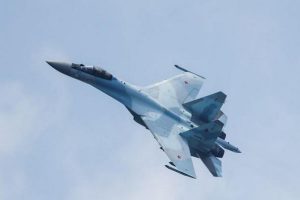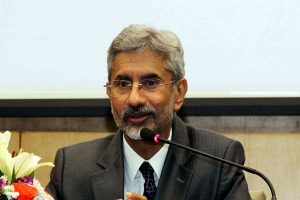I trade data reveals a significant deficit with nine of its top 10 trading partners, including major economies like China, Russia, South Korea, and Hong Kong. While a trade deficit is often viewed through a lens of economic pessimism, it is crucial to understand the complexities behind these numbers before jumping to conclusions about their impact on India’s economy. In the fiscal year 2023-24, India’s trade deficit with China rose to $85 billion, with Russia to $57.2 billion, South Korea to $14.71 billion, and Hong Kong to $12.2 billion. Despite these rising deficits, India’s overall trade deficit has actually narrowed to $238.3 billion from $264.9 billion in the previous year.
These figures prompt a closer examination of the underlying factors and the broader economic implications. A trade deficit can be concerning if it signals a lack of competitiveness for India’s exports in international markets or an over-reliance on imports. However, not all deficits are created equal. In many cases, especially for a developing economy like India, a trade deficit can reflect a strategic investment in future growth. Importing capital goods, raw materials, and intermediary products can boost domestic manufacturing and export capacity in the long run. For instance, India’s deficit with China is partly due to the import of electronic components, machinery, and chemicals, which are critical for India’s burgeoning tech and pharmaceutical industries. Similarly, imports from Russia predominantly consist of energy supplies, essential for India’s energy security and industrial activity.
Advertisement
While these deficits indicate a high volume of imports, they also underscore the integration of the Indian economy into global supply chains, which can enhance productivity and growth. However, there are legitimate concerns regarding sustainability of growing deficits. A large and persistent deficit can exert pressure on the domestic currency, leading to depreciation. This increases the cost of imports, potentially exacerbating the deficit further. Moreover, financing a substantial trade deficit might necessitate borrowing from foreign lenders, raising external debt and depleting foreign exchange reserves. These conditions can signal economic instability to international investors, reducing foreign direct investment and potentially slowing economic growth. To mitigate these risks, India needs a multi-faceted approach. First, boosting exports is essential. This requires improving the competitiveness of Indian goods and services in global markets through innovation, quality enhancement, and better market access.
Trade agreements and partnerships can play a pivotal role here. Second, reducing unnecessary imports is crucial. Encouraging the production of high-demand goods domestically can help balance trade. Policies supporting Make in India and similar initiatives are steps in the right direction. Developing domestic industries requires robust infrastructure, ease of doing business, and a favourable regulatory environment. Managing currency and debt levels prudently is vital to avoid the pitfalls of excessive external borrowing. Strategic fiscal and monetary policies can help maintain economic stability while fostering growth. A balanced approach can transform these challenges into drivers of long-term economic resilience and prosperity











